Environmental Monitoring Installations
If you go down in the woods today, you could be in for a surprise – especially if those woods are in Staffordshire. Among the trees are several circles of towers, built and installed by a Buckinghamshire Environmental Monitoring Installations company for the University of Birmingham. But why? Read on…

Greenhouse effect
Greenhouse Effect, Global Warming and Climate Change are phrases that are right at the top of today's environmental agenda. Scientists involved in environmental studies and assessment are always looking for more hard data about how the planet’s vegetation is reacting to changes in the atmosphere.
About an hour’s drive from the University of Birmingham’s main campus, in secluded woods in Staffordshire, a number of towers may be encountered, arranged in a series of circles. They are an important part of research by the Birmingham Institute of Forest Research (BIFoR), which is intended to directly measure the effect of higher levels of CO2 on vegetation, at known and measured quantities.
The physical evidence of the Free-Air Carbon Dioxide Enrichment (FACE) experiment is made up of a series of six approximately cylindrical 30 metre diameter ring structures with 16 towers around the edge, surrounding another at the centre. They stand about 25 metres tall – as high as the tree canopy. The towers support pipes that deliver gas that immerses the trees inside the ring in elevated levels of CO2, but leave the rest of the woodland largely unaffected. This means that the only variable is the level of CO2 available for the trees to absorb.

How we built the BIFoR Face Towers
The BIFoR FACE experiment is very precise, from the amounts of CO2 introduced to the experimental area each day – and the direction it comes from – to the construction and installation of the towers. That task of construction and installation was assigned to an Environmental Monitoring Installations company based in Long Crendon, Buckinghamshire. Managing Director Pete Brannan has a lot of experience with towers for microwave and mobile communications for civilian, banking, military and other purposes, but BIFoR FACE presented a few quite unique challenges.
“What we did, essentially, was build 100-odd towers in a muddy field,” he said. “The conditions were dreadful. There was no concrete and we weren’t able to use any cranes. The towers were mounted on steel bases, with mini-pile foundations; we dropped towers onto them.” The towers were all assembled on-site, on the ground. They were carried to the site by helicopter, whose pilot was brought in specially, from Switzerland. He was so good at the job that pressure of a different sort was put on the erection and installation team.
“The helicopter came along, picked up one end, took them along to the forest, dropped them down, and the team on the ground bolted them in,” Pete Brannan explained. “The helicopter was turning these towers round every three minutes. We had to put four teams in there; it was the only way we could keep up!”
What we needed
Under those precision and time constraints, it was vital that efforts were not wasted on endless adjustments and fine-tuning; everything had to be right, first time. We had come across SSC Laser a few months before the BIFoR FACE project and it was to them that the company turned to help it complete the job in full and on time.
“We found SSC Laser in 2014 and trialled them on a smaller project we had,” Pete Brannan said. “Most laser cutting companies can only do flat plates. We were looking specifically for companies that can cut sections. SSC Laser were the best of the companies we trialled.”
BIFoR FACE was a very big project. It used 300 tonnes of steel over a period of nearly five months on 103 towers – all but one of exactly the same basic design. It would be miraculous if such a large project went through without any problems at all; the test of service is how those problems are sorted out.
The solution
“We had some teething problems with the initial batch,” Brannan said. “Martin Elmore from SSC came over, saw what the problem was, provided us with a tool to sort out what we had and made sure that we never had any issues again. We have been very pleased with the communications from SSC – they always keep us informed.” The service went a little further and definitely helped with assembly speed.
The Processes used
The main manufacturing processes used for this project were our Flat laser & Tube Laser.
Information about these processes can be found by using the links below.
Get in touch
Need help or a quote?
SSC Laser, Hangar 5 New Road, Hixon, Stafford, ST18 0PJ
sales@ssclaser.co.uk
01889 270 241
Mon - Thurs : 8am - 5pm
Fri : 8am - 3pm



